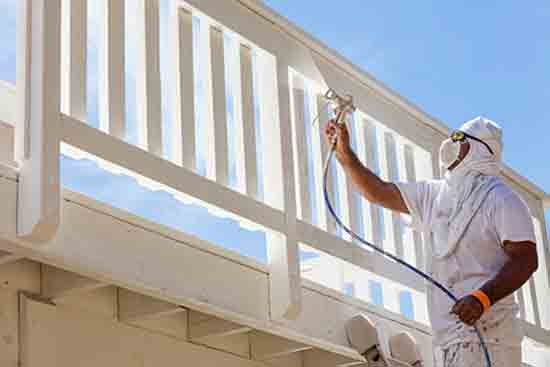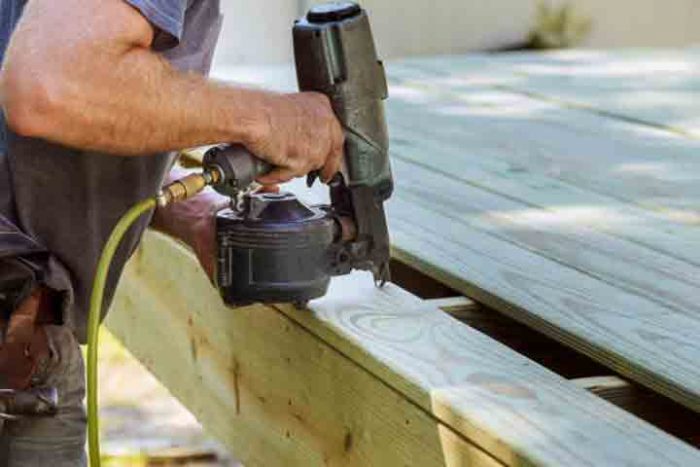If you are considering replacing your deck, there are several factors to consider. Here are some of the main signs you may want to look for: loose or sagging joists, Ledger boards, or mold growth. If you have any of these problems, it’s probably time for a new deck. Hopefully, these problems won’t be too difficult to fix. Listed below are some of the most common reasons for a deck replacement.
Ledger boards

If you notice rotted boards along the bottom of your house, you may need to replace your ledger board. The ledger board is found on the bottom of the wall, where wood meets the foundation. Remove any siding, brick, or stucco to access the ledger board. If the boards are not rotten, use a reciprocating saw to cut them away. Be careful not to cut into the floor joist framing, which can weaken the board.
Loose railings
Getting loose railings on a deck fixed is usually an easy process, but the problem isn’t always as simple as it seems. Railings are subject to normal wear and tear and require routine maintenance and repair. Loose railings can lead to a dangerous situation when walking down stairs. If you notice loose railings on your deck, get them repaired as soon as possible, Browse around this website.
Mold growths
Outdoor mold can be a nuisance, a nightmare, and even dangerous. It eats away at wood and other organic materials, including traditional composite boards. If left untreated, it can also destroy the structure of your deck. If you’re concerned about the safety of your family and friends, consider replacing your deck immediately. Here are some tips to avoid outdoor mold. 1. Clean your deck regularly
Sagging joists
When it comes to replacing the sagging joists in your deck, you have two options. You can either remove the bad joist and attach a 4×4 to its end with a clamp, or you can replace the bad joist with a straight one. The latter option is recommended if the bad joist has already split or rotted. If you cannot replace the joist, you can try to fix it by replacing the entire deck.
Sagging fascia board
A sagging fascia board on your deck is an obvious sign that it needs to be replaced. It is the thin board that runs around the perimeter of your deck, and it does not serve any structural purposes. Instead, it provides a neat appearance and can trap moisture against the beams. If it is discolored, rotted, or begins to curl, it may be time to replace it. However, before you get started, you should understand how to get to it.

